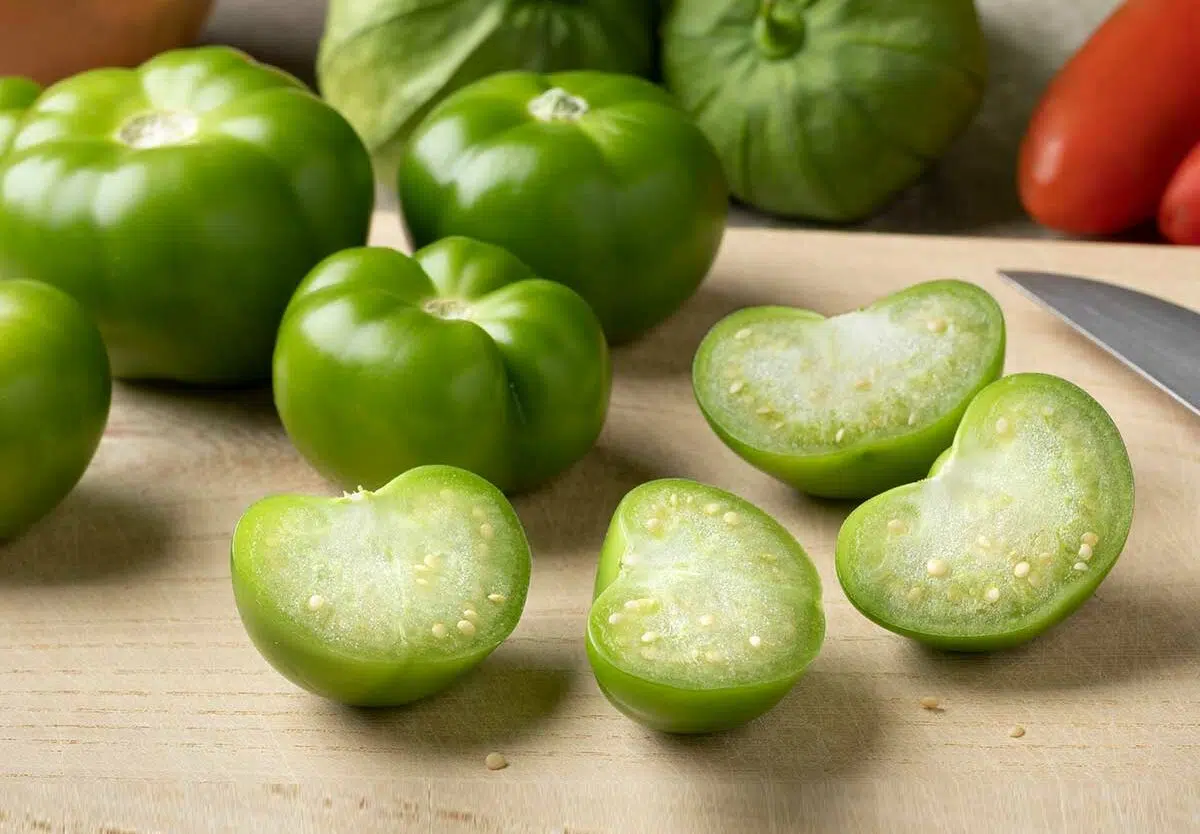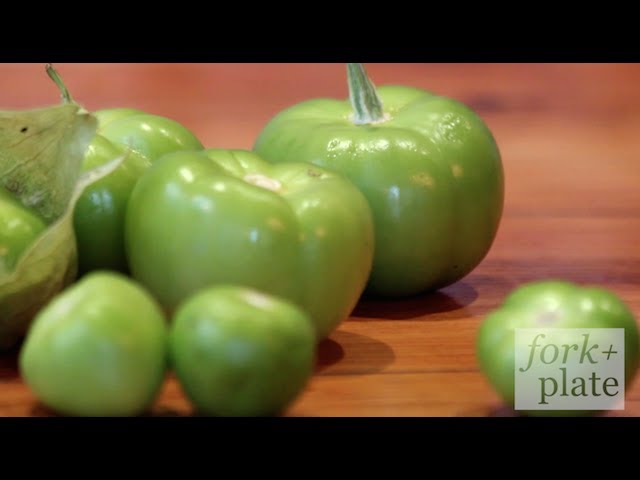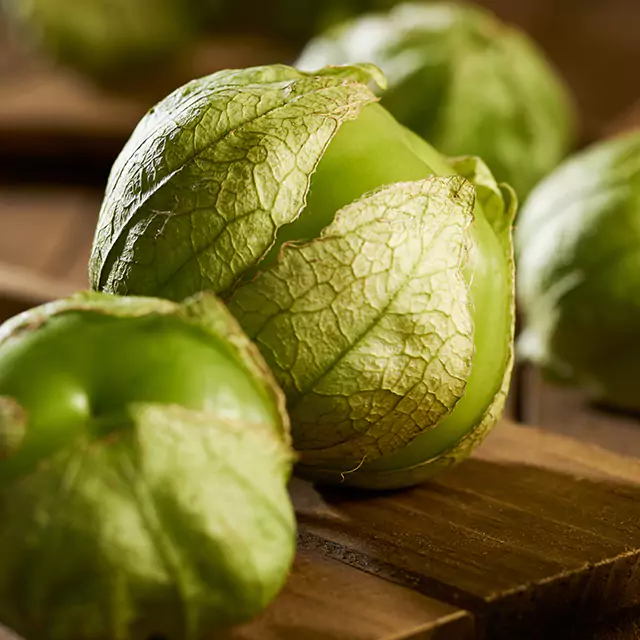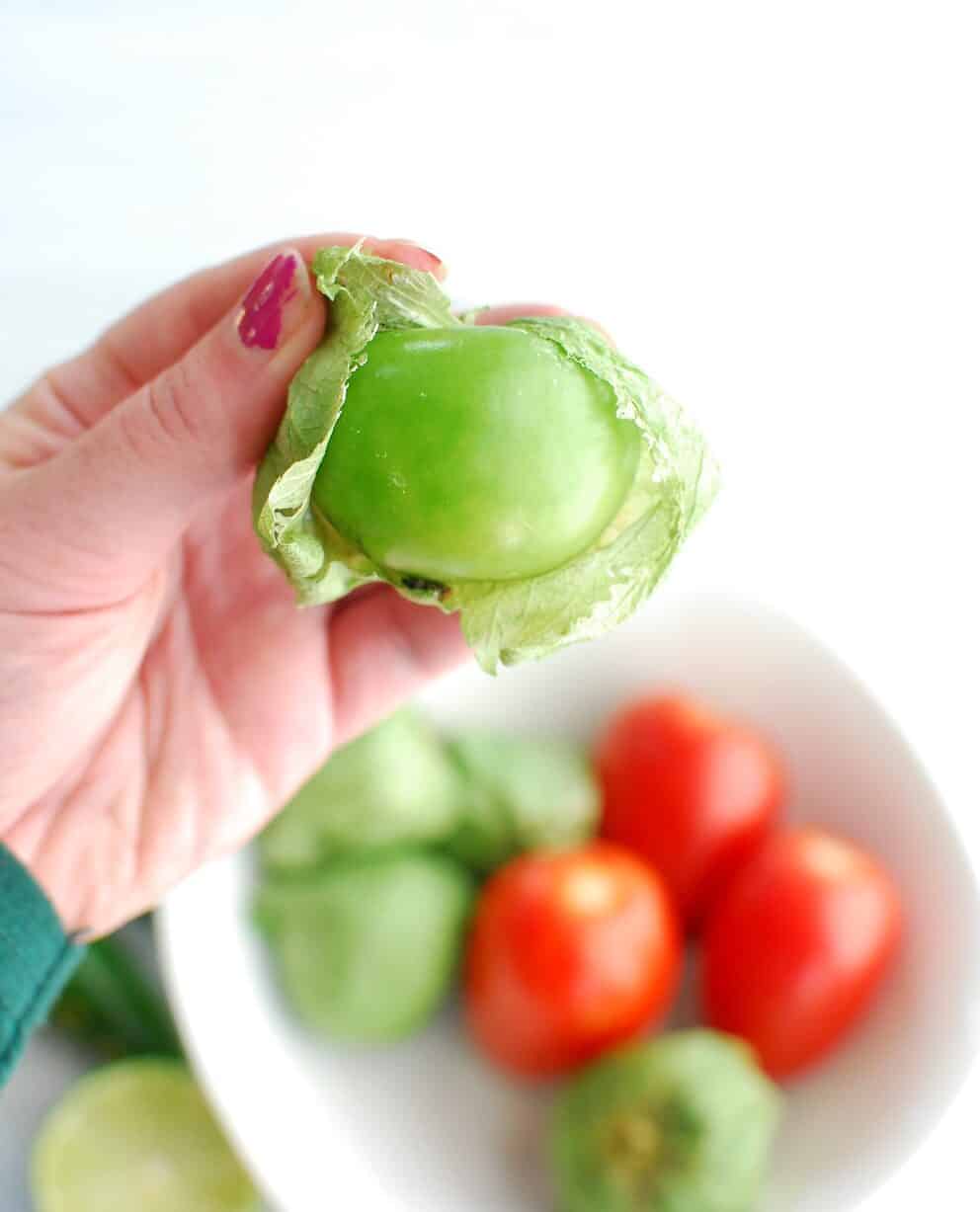When it comes to culinary versatility and unique flavors, the debate of tomatillo vs tomato often arises. Both are staples in various cuisines, yet they offer distinct tastes, textures, and uses. While tomatoes are a household favorite globally, tomatillos bring a tangy twist to traditional dishes, particularly in Mexican cuisine. Understanding their differences and similarities can elevate your cooking and introduce you to new flavor profiles. This article dives deep into the origins, characteristics, and culinary applications of these two fascinating fruits.
The Origins and Botanical Background of Tomatillo vs Tomato

Understanding the roots of tomatillo vs tomato provides insight into their unique qualities. While both belong to the nightshade family, their histories and botanical classifications set them apart.
The History of Tomatoes

Tomatoes (Solanum lycopersicum) have a rich history dating back to ancient Mesoamerica, where they were cultivated by the Aztecs and other indigenous cultures. Brought to Europe by Spanish explorers in the 16th century, tomatoes faced initial skepticism due to misconceptions about their toxicity. Over time, they became a cornerstone of Mediterranean cuisine, especially in Italian and Spanish dishes. Today, tomatoes are grown worldwide and come in countless varieties, from cherry to beefsteak.
The Origins of Tomatillos

Tomatillos (Physalis philadelphica), also known as Mexican husk tomatoes, have a long history in Central and South America. They were a staple in Aztec and Mayan diets, valued for their tangy flavor and versatility. Unlike tomatoes, tomatillos remain encased in a papery husk until ripe. This unique feature protects the fruit and contributes to its distinct taste. While less common globally, tomatillos are essential in Mexican cuisine, particularly in salsas and sauces.
Botanical Differences and Similarities
Both tomatillo vs tomato belong to the Solanaceae family, sharing traits like edible fruits and similar growth habits. However, tomatillos grow inside a husk, while tomatoes develop on vines without protective coverings. Tomatillos are typically smaller and firmer, with a tart, citrus-like flavor, whereas tomatoes are juicier and sweeter. These botanical distinctions influence how each fruit is used in cooking.
Nutritional Profiles – Health Benefits of Tomatillo vs Tomato

Exploring the nutritional aspects of tomatillo vs tomato reveals their health benefits and dietary contributions. Both are low in calories and packed with essential nutrients, making them excellent additions to a balanced diet.
The Nutritional Value of Tomatoes
Tomatoes are renowned for their high vitamin C content, which supports immune function and skin health. They are also rich in lycopene, a powerful antioxidant linked to reduced risks of heart disease and certain cancers. Additionally, tomatoes provide potassium, vitamin K, and folate. Their versatility makes them easy to incorporate into meals, from salads to soups.
The Health Benefits of Tomatillos
Tomatillos are a nutrient-dense fruit, offering vitamin C, vitamin K, and niacin. They contain antioxidants like withanolides, which have anti-inflammatory properties. The fiber content in tomatillos aids digestion and promotes gut health. Their low-calorie nature makes them suitable for weight management, while their tangy flavor enhances dishes without added fats or sugars.
Comparing Their Dietary Contributions
When comparing tomatillo vs tomato, both contribute significantly to a healthy diet. Tomatoes excel in lycopene content, while tomatillos offer unique antioxidants and minerals. Incorporating both into your meals ensures a diverse range of nutrients and flavors, supporting overall well-being.
Culinary Uses – How Tomatillo vs Tomato Enhance Dishes

The culinary applications of tomatillo vs tomato highlight their versatility and distinct roles in global cuisines. From salsas to stews, each fruit brings its unique flair to the table.
Tomatoes in Global Cuisine
Tomatoes are a cornerstone of many culinary traditions. In Italian cuisine, they form the base of pasta sauces and pizzas. Spanish gazpacho and French ratatouille showcase their versatility in cold and hot dishes. Fresh tomatoes are perfect for salads, while sun-dried varieties add depth to pastas and sandwiches. Their ability to complement a wide range of ingredients makes them indispensable in kitchens worldwide.
Tomatillos in Mexican Cooking
Tomatillos shine in Mexican cuisine, particularly in salsa verde, a tangy green sauce made with roasted tomatillos, chilies, and cilantro. They are also used in stews, soups, and marinades, adding a bright, acidic note. The firm texture of tomatillos holds up well in cooking, making them ideal for simmered dishes. Their unique flavor profile elevates traditional recipes, offering a refreshing alternative to tomatoes.
Creative Recipes Using Both Fruits
Experimenting with tomatillo vs tomato opens up endless culinary possibilities. Combine them in salsas for a balance of sweetness and acidity, or use roasted tomatillos and tomatoes in a hearty soup. Stuff tomatoes with quinoa and herbs for a light meal, or bake tomatillos into a savory pie. Blending these fruits in innovative ways allows you to explore new flavors and textures, enriching your culinary repertoire.
Growing and Harvesting – Cultivating Tomatillo vs Tomato

For gardening enthusiasts, understanding the cultivation of tomatillo vs tomato can lead to a bountiful harvest. Both fruits thrive in warm climates but require different care and attention.
Tips for Growing Tomatoes
Tomatoes prefer well-drained soil and plenty of sunlight. Regular watering and support structures like cages or stakes help the plants grow strong and healthy. Pruning is essential to encourage air circulation and prevent diseases. Varieties like cherry tomatoes are ideal for beginners, while heirloom types offer unique flavors for experienced gardeners.
Cultivating Tomatillos Successfully
Tomatillos require similar growing conditions but need more space due to their spreading habit. They thrive in full sun and well-drained soil, with consistent watering to prevent drying out. The husks indicate ripeness, and harvesting should occur when the fruits fill out the protective coverings. Tomatillos are self-pollinating, but planting multiple plants increases yield.
Common Challenges and Solutions
Both tomatillo vs tomato face challenges like pests and diseases. Aphids, whiteflies, and fungal infections can affect their growth. Organic pest control methods, crop rotation, and proper spacing help mitigate these issues. Regularly inspecting plants and removing affected leaves ensures healthy development. With proper care, both fruits can flourish, providing a rewarding gardening experience.
FAQs About Tomatillo vs Tomato

What is the main difference between tomatillos and tomatoes?
Tomatillos are encased in a papery husk and have a tangy, citrus-like flavor, while tomatoes are juicier and sweeter without a husk.
Can I substitute tomatillos for tomatoes in recipes?
While possible, the flavor profiles differ significantly. Tomatillos add a tartness that may not suit all tomato-based dishes.
Are tomatillos and tomatoes related?
Yes, both belong to the nightshade family (Solanaceae) and share some botanical similarities.
Which is healthier, tomatillos or tomatoes?
Both are nutritious, with tomatoes rich in lycopene and tomatillos offering unique antioxidants. Including both in your diet maximizes health benefits.
How do I store fresh tomatillos and tomatoes?
Store tomatillos in their husks in the refrigerator for up to two weeks. Keep tomatoes at room temperature to preserve their flavor and texture.
Conclusion

The comparison of tomatillo vs tomato reveals their unique qualities and contributions to culinary and nutritional worlds. Whether you’re a gardener, chef, or health enthusiast, understanding these fruits enriches your appreciation for their versatility. Embrace their distinct flavors and experiment with their uses to discover new dimensions in your cooking and lifestyle.